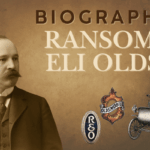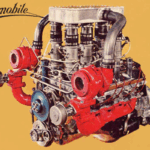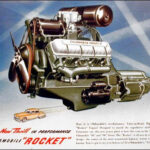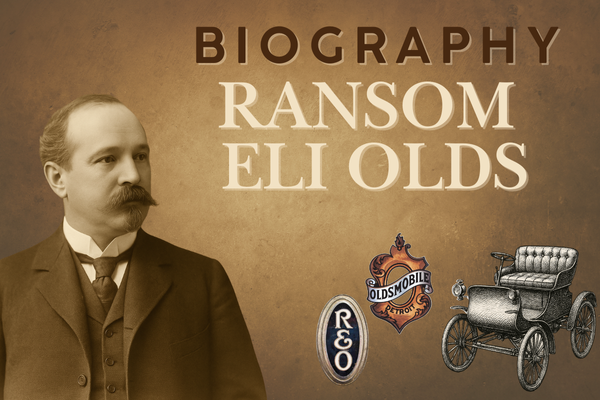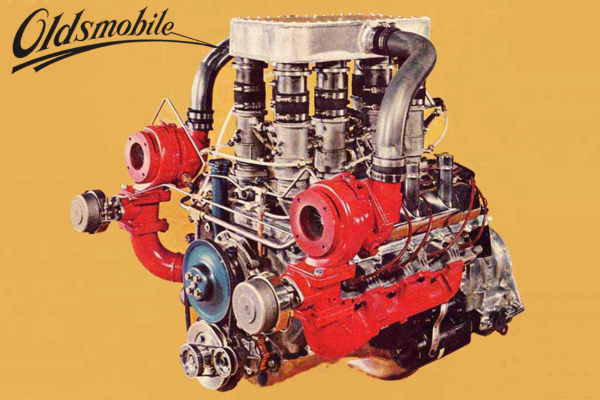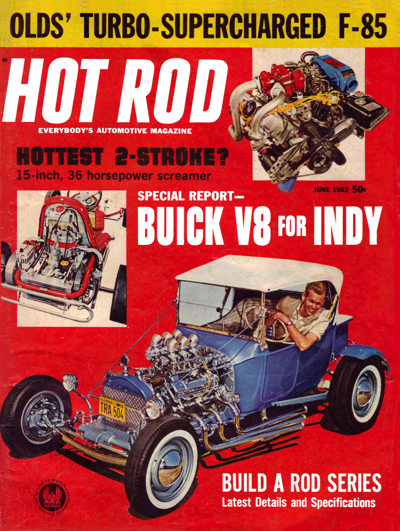Audi History -Auto Union and DKW
Auto Union was formed in Germany in 1932, merging:
- Horch – founded by August Horch in Zwickau 1904, built cars starting from straight-two engines to luxury models with V8- and V12 engines.
- Audi – having fallen out with family members, August Horch 1909 left the namesake enterprise and founded Audi across town, building inline-four-, six- and eight-cylinder-engined cars.
- Wanderer – founded in 1911, with small four-cylinder cars and later a more luxurious V6 built-in Siegmar (now Chemnitz)
- DKW – steam equipment company founded by Danish engineer Jørgen Skafte Rasmussen in 1916, it branched out into motorcycles, and then front-drive two-stroke cars built at Audi works in Zwickau since 1931.
The merged company adopted the four-ring logo, representing the four merged brands, and is still in use with modern Audi cars.
In August 1928, Rasmussen, the owner of DKW, acquired a majority ownership of Audiwerke AG. In the same year, Rasmussen bought the remains of the US automobile manufacturer Rickenbacker, including the manufacturing equipment for eight-cylinder engines. These engines were used in Audi Zwickau, Audi Imperator, and Audi Dresden models that were launched in 1929. At the same time, six-cylinder and four-cylinder (licensed from Peugeot) models were manufactured.
In 1932, with all companies still losing money, Audi/DKW, Horch, and Wanderer were brought together under the umbrella of communal shareholder company Auto Union. Although all four brands continued to build cars under their own names and brands, the technological development became more centralized, with some Audi models employing engines by Horch or Wanderer.
Postwar, the Saxon plants of Auto Union were located in the Soviet-occupied zone of communist East Germany.
In 1945, on the orders of the occupying Soviet military administration, the factories were dismantled as war reparations, while the racing cars found stored in a colliery were returned to Moscow for reverse engineering. Following this, Auto Union AG assets were liquidated without compensation.
On 17 August 1948, Auto Union AG of Chemnitz was deleted from the commercial register.[9] The remains of the Horch and Audi plants of Zwickau became the VEB (for “People Owned Enterprise”) Automobilwerk Zwickau, or AWZ; Automobile Factory Zwickau).
The former Audi factory in Zwickau, now under East German control, restarted assembly of the pre-war models in 1949. Those models were renamed IFA F8 and IFA F9 and were similar to the new West German DKW versions. In time, a lawsuit compelled the East Germans to cease using the DKW brand. The factory went on to manufacture the infamous Trabant until the early 1990s when it was acquired by Volkswagen, an ironic move since this effectively re-established its connection with Auto Union and Audi.
Meanwhile back in 1945, with the Red Army quickly advancing on Zwickau immediately after the war, and faced with the prospect of trying to salvage what was left of the company Auto Union’s executives had no option but to flee and re-establish the company on the Western side of partitioned Germany. Thus a new Auto Union company was launched in Ingolstadt, Bavaria with loans from the Bavarian state government and Marshall Plan aid.
The reformed company was launched on September 3, 1949. Only the DKW brand survived in postwar West Germany, continuing DKW’s tradition of producing front-wheel drive vehicles with two-stroke engines. This included the production of a small but sturdy 125 cc motorcycle and a DKW delivery van, the DKW F89, also known as DKW-Schnelllaster. Many employees of the destroyed factories in Zwickau came to Ingolstadt and restarted production.
In 1950, after a former Rheinmetall gun factory in Düsseldorf was established as a second assembly facility, the company’s first post-war car went into production: the DKW Meisterklasse F 89 P, available as a saloon and a four-seater Karmann convertible. The van and sedan were based on the DKW F8 and the DKW F9 pre-war constructions.
1958 was a turning point for the company. Firstly, it saw the return of the Auto Union brand, represented by 1000, a small saloon. At the same time the 1000 Sp, a stylish coupé, was produced for Auto Union by the Stuttgart coachbuilders, Baur. Secondly, in response to pressure from Friedrich Flick, then their largest single shareholder,[13] Daimler-Benz acquired 87% of Auto Union, taking complete control in 1959.
The production of DKW motorcycles and two-stroke engines ended almost immediately under Daimler-Benz ownership, who invested heavily in the Ingolstadt plant for Auto Union production, one of the first products of the merged company being the DKW F102 series, which used a Mercedes engine. Auto Union production at Düsseldorf was ended, and the plant became the center of production for Mercedes-Benz commercial vehicles – a role which it continues to the present day.
The DKW and Mercedes brands were able to establish a greater presence in the North American market through an agreement with the Studebaker-Packard Corporation in 1956 which through 1964 was the only distributor in the United States. Because of SPC’s large network of dealers, the Auto Union and Mercedes-Benz brands were able to expand much faster in the US markets. Many dealers today can trace their origin back to being Studebaker-Packard dealerships.
However, as prosperity began to return to West Germany, and as West German products gained valuable currency through export to the rest of Europe and North America, Daimler became increasingly worried that Auto Union’s only market for its two-stroke products, without massive investment, would be impoverished East Germany.
Two-stroke engines became less popular towards the middle of the 1960s as customers were more attracted to the more refined four-stroke engines. They began selling shares, which with the agreed help of the West German Government, were acquired by Volkswagen.
In 1964, Volkswagen acquired the factory in Ingolstadt and the trademark rights of Auto Union. A program that Daimler had initiated at Auto Union created a range of cars that would subsequently provide the basis for Volkswagen’s line of front-wheel-drive models, such as the Audi 80 and Volkswagen Passat. At the time a new model, internally designated F103, was under development. This was based on the last DKW model, the DKW F102, with a four-stroke engine implanted and some front and rear styling changes.
Volkswagen abandoned the DKW brand because of its association with two-stroke engines, effectively leaving Volkswagen with the Audi brand. The new model was launched in September 1965 as simply the “Audi.” The name was a model designation rather than the manufacturer, which was still officially Auto Union. As more models were later added to the Audi range, this model was renamed Audi 72


